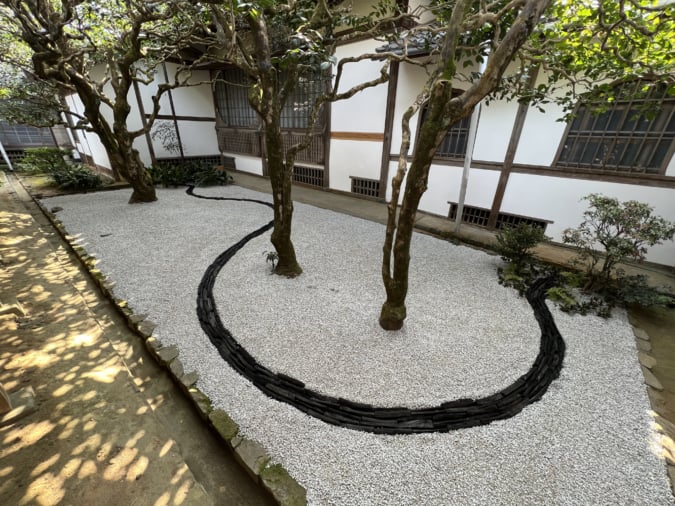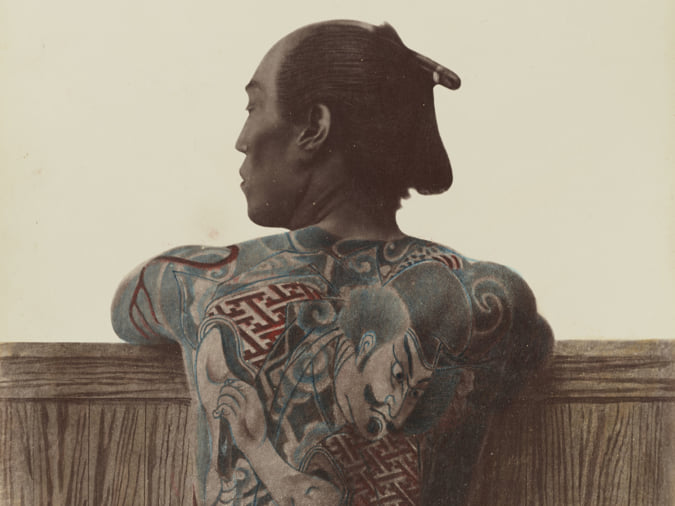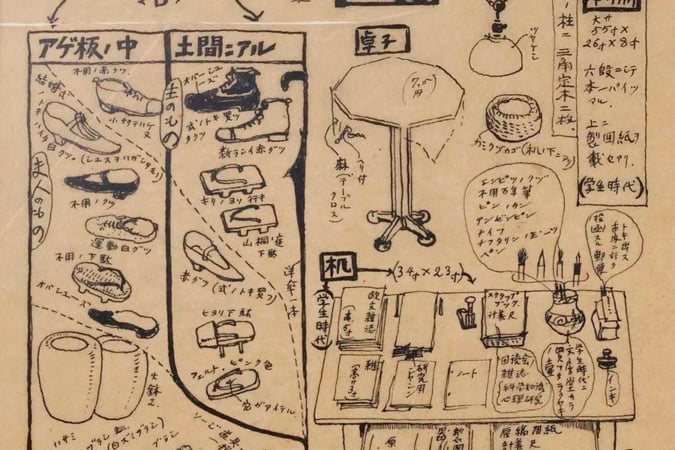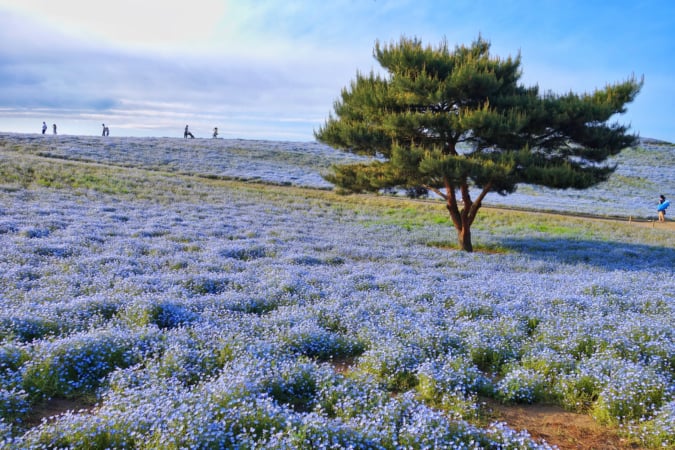Houshi Ryokan, the World’s Oldest Hotel
This ryokan was founded in 718. First a sanatorium, it has now become a place of leisure where one can appreciate the benefits of hot springs.
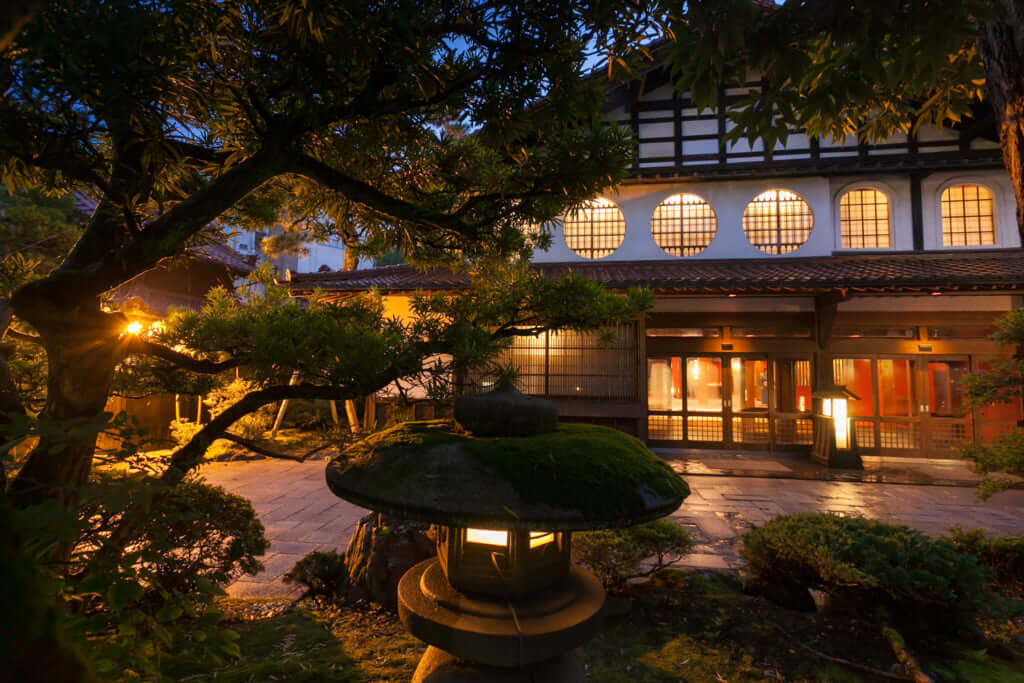
Courtesy of Awazuonsen Houshi Ryokan
Visitors who spend a night at Houshi Ryokan get a little taste of history. This ryokan, built in 718, has remained in the hands of the same family ever since, being owned by the 46th generation as of 2019. This also makes it the oldest Japanese company.
Monk Taicho Daishi was far from imagining such records when, over 1340 years ago, he created Awazu-onsen near the city of Komatsu on the Sea of Japan coast, to allow the residents to enjoy the benefits of the region’s hot springs. Following the success of this, a sanatorium was established in the thermal station to cure the ills of the increasing number of visitors.
Hospitality transmitted from one generation to the next
The sanatorium was then taken over in 718 by a disciple of monk Taicho Daishi, Garyo Houshi (houshi meaning ‘Buddhist priest’ in Japanese), first in the family line, and gave way to a ryokan to welcome travellers visiting the coast.
1,300 years later, it’s still possible to walk in the footsteps of the multiple generations who followed one another to welcome travellers and allow the values of hospitality that the family holds so dear to live on. ‘The heritage of our old hotel has been cherished and cultivated to this day, and will continue with future generations’, promise Zengoro Houshi and his wife, the current owners, on the ryokan’s website.
Traditional rooms with a view
As the years have passed, the establishment has become gradually more modern, but has not lost the slightly old-fashioned charm that characterises these traditional Japanese hotels. Hoshi Ryokan now has 70 bedrooms, some of which are suites, dispersed across the four wings of the building, each of which is named after one of the four seasons. The bedrooms remain true to the Japanese minimalist spirit, with tatami mats, shoji sliding doors made from wood and washi paper, and comfortable futons to sleep on—not forgetting the traditional pillows filled with grains of rice.
All of the rooms look out onto a beautiful Japanese garden with cedar and pine trees surrounded by bright green moss. As such, wherever you are in the ryokan, nature is never far away. It’s a way of paying homage to Toemon Sano. This master gardener, 16th of his family, created the ryokan’s Japanese garden during the Edo period, intending to give the impression of spending the night in the heart of a forest. You can also see the Enmeikaku pavilion, built during the Meiji period (1869-1912) from cypress wood, which has welcomed members of the imperial family.
Baths and contemplation
Of course, the ryokan has onsen, hot spring baths. There are two outside, one mixed and one for men only, both of which look out onto the garden, and two inside, one for women only and another for private hire, so visitors can enjoy a little bubble of Japanese comfort.
Hisae, Zengoro Houshi’s daughter, will take over the ryokan. This is a first, as she comes after a long line of male-only heirs, and marks a wind of change for Houshi Ryokan as it continues to transmit Japanese traditions and culture.
More information on Houshi Ryokan is available on its website.
Address: Awazuonsen, Komatsu-shi, Ishikawa, Japan
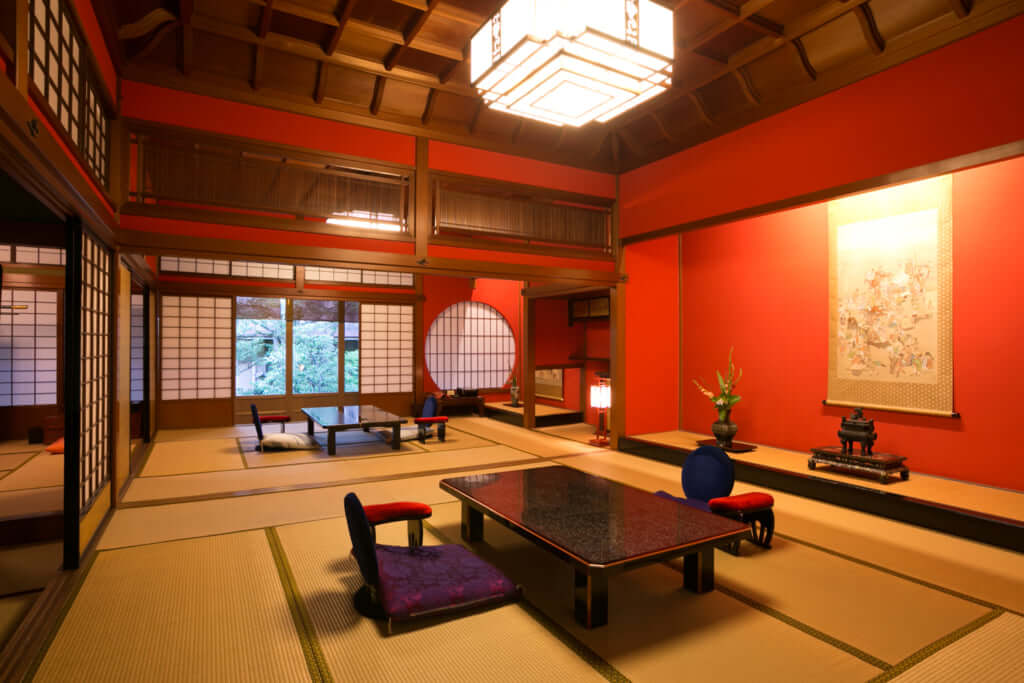
Courtesy of Awazuonsen Houshi Ryokan
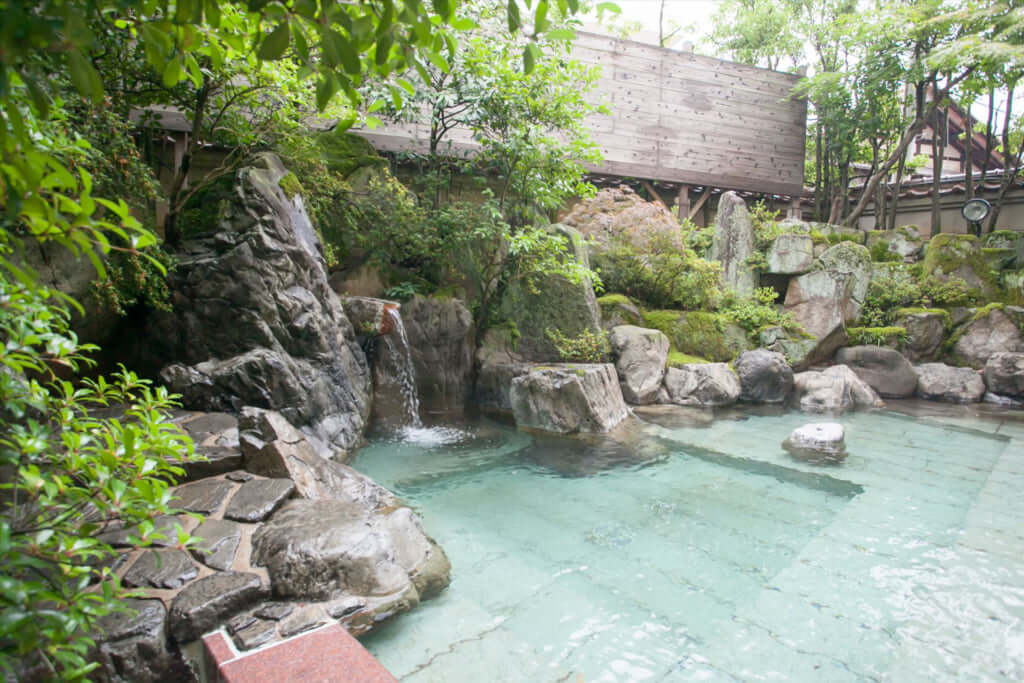
Courtesy of Awazuonsen Houshi Ryokan
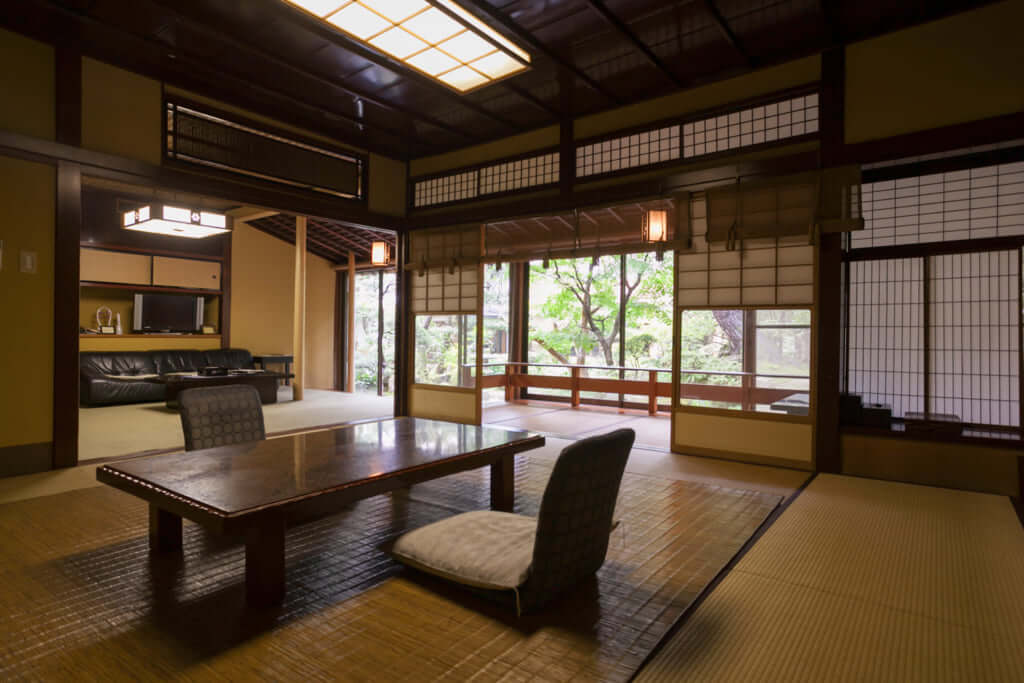
Courtesy of Awazuonsen Houshi Ryokan
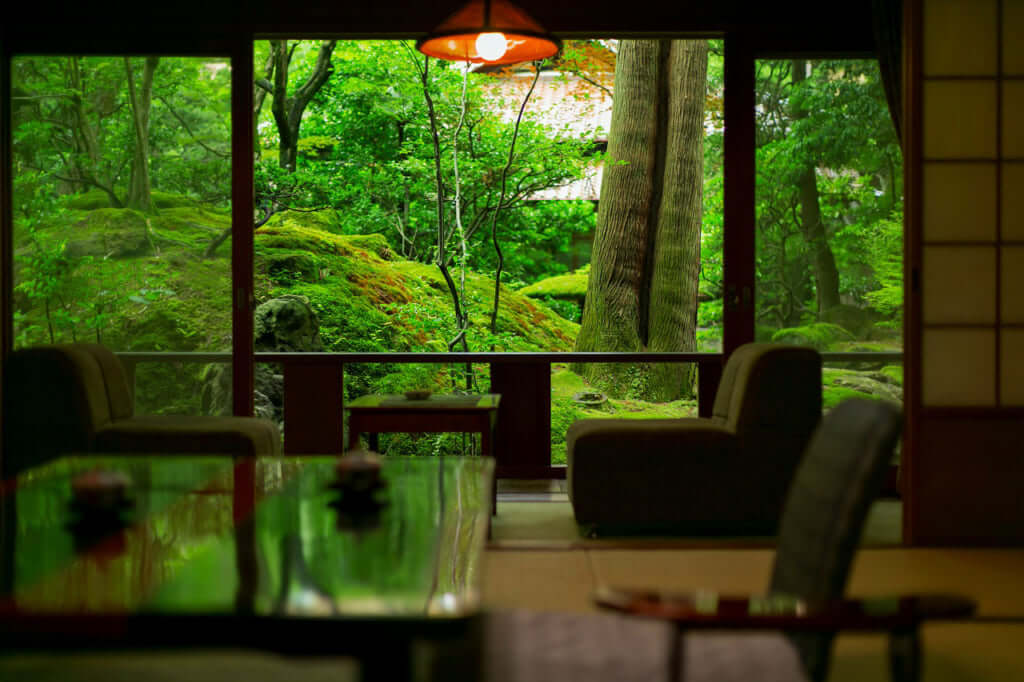
Courtesy of Awazuonsen Houshi Ryokan
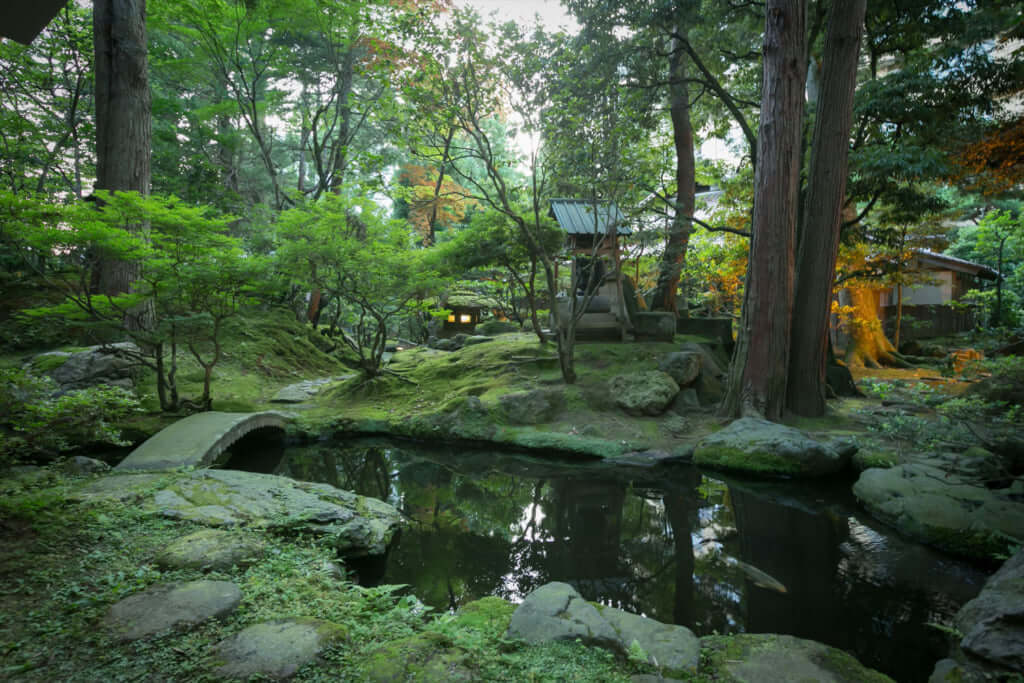
Courtesy of Awazuonsen Houshi Ryokan
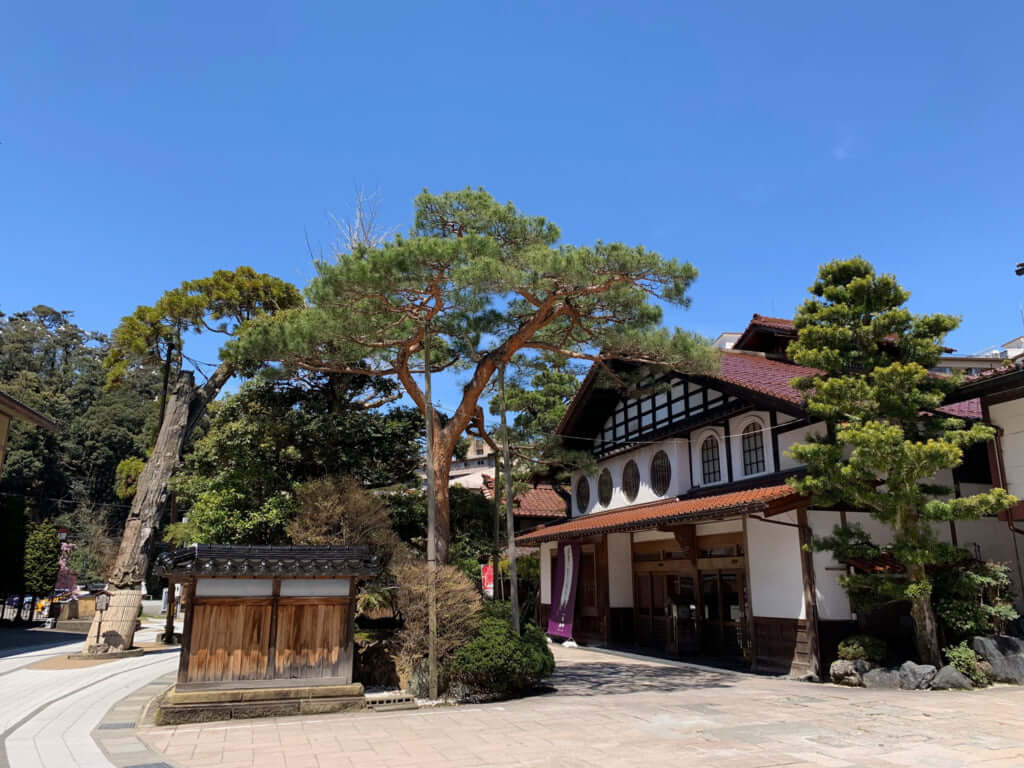
Courtesy of Awazuonsen Houshi Ryokan
TRENDING
-
A Rare Japanese Garden Hidden Within Honen-in Temple in Kyoto
Visible only twice a year, ‘Empty River’, designed by landscape architect Marc Peter Keane, evokes the carbon cycle.

-
Colour Photos of Yakuza Tattoos from the Meiji Period
19th-century photographs have captured the usually hidden tattoos that covered the bodies of the members of Japanese organised crime gangs.

-
Recipe for Ichiraku Ramen from ‘Naruto’ by Danielle Baghernejad
Taken from the popular manga with the character of the same name who loves ramen, this dish is named after the hero's favourite restaurant.

-
Modernology, Kon Wajiro's Science of Everyday Observation
Makeup, beard shape, organisation of cupboards and meeting places: all of these details decipher 1920s Tokyoites.

-
Hitachi Park Offers a Colourful, Floral Breath of Air All Year Round
Only two hours from Tokyo, this park with thousands of flowers is worth visiting several times a year to appreciate all its different types.

